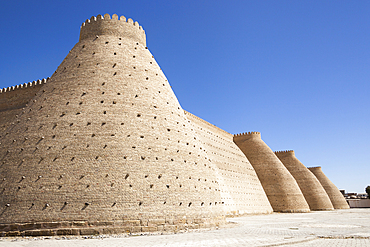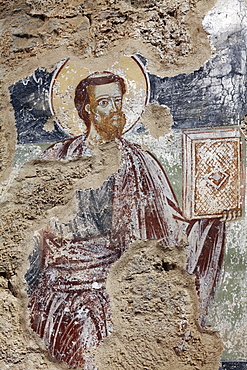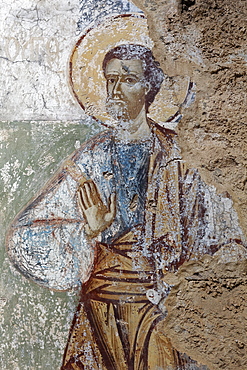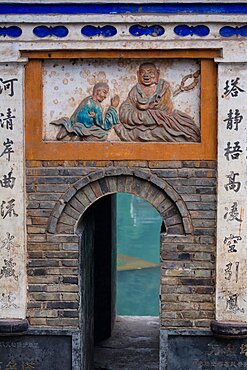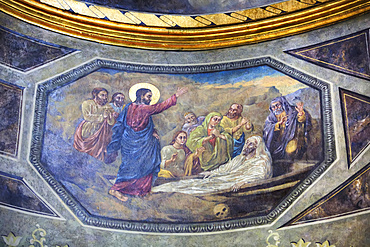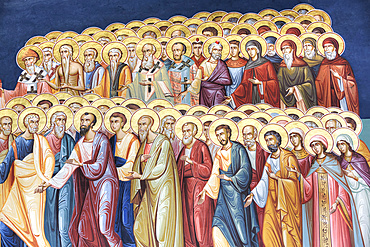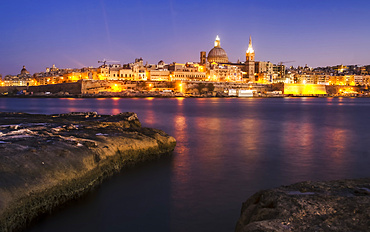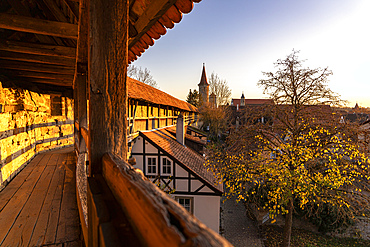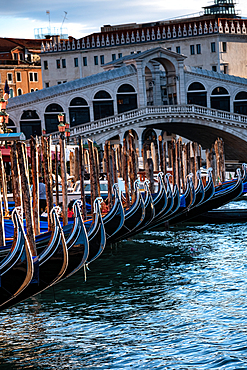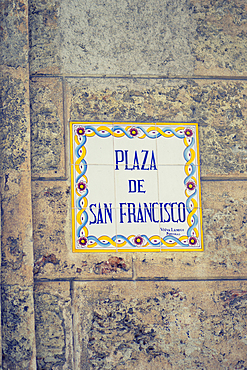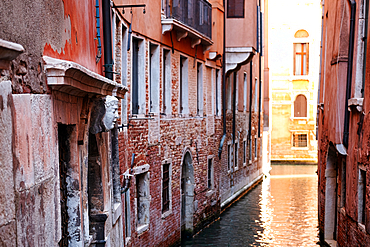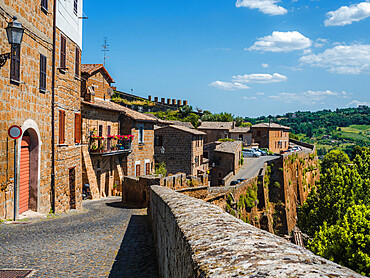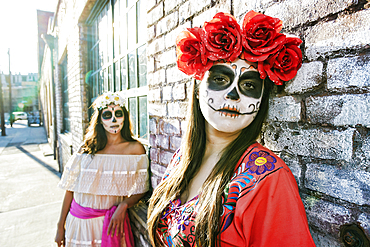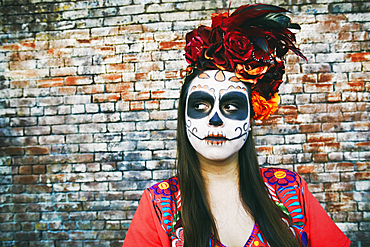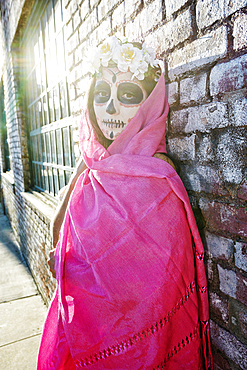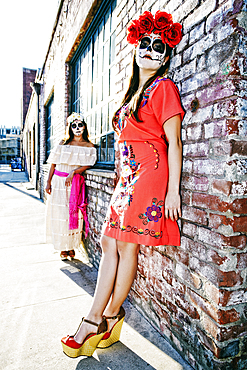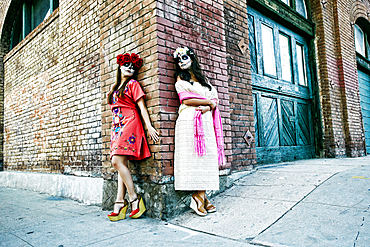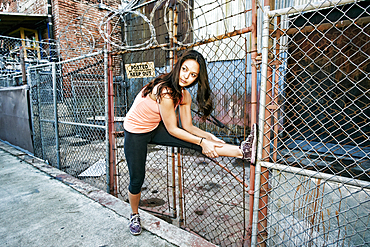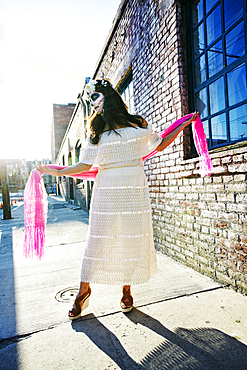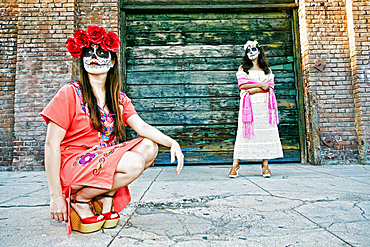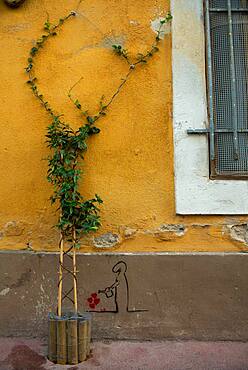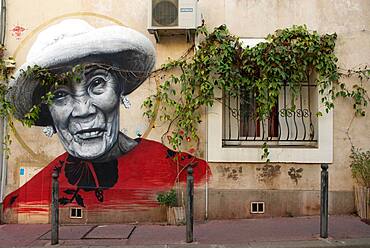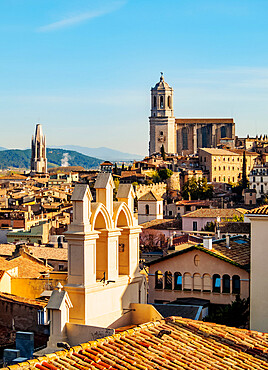Recent searches
Loading...
801-3134 - Fortified Colonial Wall, Old Town, UNESCO World Heritage Site, San Francisco de Campeche, State of Campeche, Mexico, North America
1292-2463 - Gubbio, Province of Perugia, Umbria, Italy, Europe
832-395365 - Moorish round archway and blue wall in front of house entrance, Blue City, Chefchaouen, Tangier-Tetouan-Al Hoceima, Morocco, Africa
832-395369 - House entrance with mint-coloured door with blue wall, blue-green door with knocking ring, green door with knocking ring, Blue City, Chefchaouen, Tangier-Tetouan-Al Hoceima, Morocco, Africa
1351-151 - Aerial landscape view of Sighnaghi's Old Town walls, Sighnaghi, Kakheti, Georgia (Sakartvelo), Central Asia, Asia
1351-149 - Aerial landscape view of Sighnaghi's Old Town walls, Sighnaghi, Kakheti, Georgia (Sakartvelo), Central Asia, Asia
1351-115 - Paintings in Tbilisi, Georgia (Sakartvelo), Central Asia, Asia
1178-39248 - Caucasian woman wearing coat in winter near fence
1350-4853 - Mural on interior wall of City Hall, the Radhuset and Radhus, Oslo, Norway, Nobel Peace Prize ceremony venue
1350-4823 - Outer walls of the Ark Fortress, Registan Square, Bukhara, Uzbekistan
832-394918 - Saint with bible, medieval fresco in the church of Agios Nikolaos, Byzantine ruined town of Mistra, Mystras near Sparta, Laconia, Peloponnese, Greece, Europe
832-394917 - Saint, medieval fresco in the church of Agios Nikolaos, Byzantine ruined town of Mistra, Mystras near Sparta, Laconia, Peloponnese, Greece, Europe
1350-4242 - A bas relief frieze of Buddha over a small gate through the city wall of the Fenghuang Ancient Town, China.
832-394417 - View over the Old Town, Patkuli Vaateplatvorm, city fortification with towers, Tallinn, Estonia, Europe
1184-6518 - Veiled woman, Rijal Almaa mountain village, Asir Mountains, Kingdom of Saudi Arabia, Middle East
1184-6519 - Veiled woman, Rijal Almaa mountain village, Asir Mountains, Kingdom of Saudi Arabia, Middle East
844-24976 - Young couple with elevated view of flour mills and town, Mykonos Town, Mykonos, Cyclades Islands, Greek Islands, Aegean Sea, Greece, Europe
1228-276 - Sheep grazing and distant dry stone walls around Arncliffe Village in Littondale, The Yorkshire Dales National Park, Yorkshire, England, United Kingdom, Europe
1116-51774 - Frescoes, New St George Church, 1705, Old Town Bucharest; Bucharest, Romania
1116-51772 - Frescoes, New St George Church, 1705, Old Town Bucharest; Bucharest, Romania
1116-51771 - Stavropoleos Monastery, 1724, Old Town Bucharest; Bucharest, Romania
1116-51778 - Fresco, Church of St Anthony, reconstructed in 1673, Old Town Bucharest; Bucharest, Romania
1116-51776 - Frescoes, New St George Church, 1705, Old Town Bucharest; Bucharest, Romania
1116-52006 - Vaulted arched doorway with a terracotta planter and green leafed plant sitting on the tiled walkway in Cortona; Arezzo, Tuscany, Italy
1116-52003 - Exterior of an old, stone building with a staircase and three entrances to separate apartments with terracotta flower pots on the terrace as well as suspended on the stone walls; Volterra, Province of Pisa, Tuscany, Italy
1116-51775 - Frescoes, New St George Church, 1705, Old Town Bucharest; Bucharest, Romania
1116-51773 - Frescoes, New St George Church, 1705, Old Town Bucharest; Bucharest, Romania
1116-51183 - A dog stands by a ripped open garbage bag with refuse on the ground and has a guilty look; Otavalo, Imbabura, Ecuador
1116-51042 - Twliight view of Valletta, the Maltese capital; Valletta, Valletta, Malta
1116-51777 - Frescoes, New St George Church, 1705, Old Town Bucharest; Bucharest, Romania
1113-107302 - Historic city wall of Rothenburg ob der Tauber in the evening light, Middle Franconia, Bavaria, Germany
1113-105551 - View of a lighted boat and fish in a canal in San Marco at night, Venice, Veneto, Italy, Europe
1113-105558 - View of the gondolas at the Rialto Bridge on the Grand Canal, Venice, Veneto, Italy, Europe
1113-106274 - Mosaic street sign Plaza de San Francisco made of tiles in Habana Vieja, Havana, Cuba
1113-105555 - Detail shot of a carved face on a house facade in San Marco, Venice, Veneto, Italy, Europe
844-24408 - View of boats of the Conwy River and town wall, Conwy, Gwynedd, North Wales, United Kingdom, Europe
1350-2688 - Verges, a small town in the Northeast of Catalonia (Spain), during Easter celebrates the Procession of Verges with skeletons dancing on the sound of a drum, Roman soldiers, known as the 'Manages', and a representation of the life and crucifixion of Jesus Christ. The Procession features the Dance of Death, a tradition from the Middle Age associated with epidemics and plagues and the only one remaining in Spain Ten skeletons dance to the beat of a drum to remember that no one is exempt of death. The backdrop of the medieval walls and towers of Verges is key to this macabre staging.
1350-2693 - Verges, a small town in the Northeast of Catalonia (Spain), during Easter celebrates the Procession of Verges with skeletons dancing on the sound of a drum, Roman soldiers, known as the 'Manages', and a representation of the life and crucifixion of Jesus Christ. The Procession features the Dance of Death, a tradition from the Middle Age associated with epidemics and plagues and the only one remaining in Spain Ten skeletons dance to the beat of a drum to remember that no one is exempt of death. The backdrop of the medieval walls and towers of Verges is key to this macabre staging.
1350-2692 - Verges, a small town in the Northeast of Catalonia (Spain), during Easter celebrates the Procession of Verges with skeletons dancing on the sound of a drum, Roman soldiers, known as the 'Manages', and a representation of the life and crucifixion of Jesus Christ. The Procession features the Dance of Death, a tradition from the Middle Age associated with epidemics and plagues and the only one remaining in Spain Ten skeletons dance to the beat of a drum to remember that no one is exempt of death. The backdrop of the medieval walls and towers of Verges is key to this macabre staging.
1350-3212 - Bougainvillea plant, lamp and yellow wall; Cosal·, Sinaloa, Mexico.
1350-3627 - Young adult woman looking at Old Town of Dubrovnik from city walls, Croatia
1350-3203 - Man sweeping sidewalk and faded signs on wall, Avenida Zaragoza, old town Mazatlan, Mexico.
1350-2695 - Verges, a small town in the Northeast of Catalonia (Spain), during Easter celebrates the Procession of Verges with skeletons dancing on the sound of a drum, Roman soldiers, known as the 'Manages', and a representation of the life and crucifixion of Jesus Christ. The Procession features the Dance of Death, a tradition from the Middle Age associated with epidemics and plagues and the only one remaining in Spain Ten skeletons dance to the beat of a drum to remember that no one is exempt of death. The backdrop of the medieval walls and towers of Verges is key to this macabre staging.
1350-2690 - Verges, a small town in the Northeast of Catalonia (Spain), during Easter celebrates the Procession of Verges with skeletons dancing on the sound of a drum, Roman soldiers, known as the 'Manages', and a representation of the life and crucifixion of Jesus Christ. The Procession features the Dance of Death, a tradition from the Middle Age associated with epidemics and plagues and the only one remaining in Spain Ten skeletons dance to the beat of a drum to remember that no one is exempt of death. The backdrop of the medieval walls and towers of Verges is key to this macabre staging.
1350-2691 - Verges, a small town in the Northeast of Catalonia (Spain), during Easter celebrates the Procession of Verges with skeletons dancing on the sound of a drum, Roman soldiers, known as the 'Manages', and a representation of the life and crucifixion of Jesus Christ. The Procession features the Dance of Death, a tradition from the Middle Age associated with epidemics and plagues and the only one remaining in Spain Ten skeletons dance to the beat of a drum to remember that no one is exempt of death. The backdrop of the medieval walls and towers of Verges is key to this macabre staging.
1350-2687 - Verges, a small town in the Northeast of Catalonia (Spain), during Easter celebrates the Procession of Verges with skeletons dancing on the sound of a drum, Roman soldiers, known as the 'Manages', and a representation of the life and crucifixion of Jesus Christ. The Procession features the Dance of Death, a tradition from the Middle Age associated with epidemics and plagues and the only one remaining in Spain Ten skeletons dance to the beat of a drum to remember that no one is exempt of death. The backdrop of the medieval walls and towers of Verges is key to this macabre staging.
1350-2689 - Verges, a small town in the Northeast of Catalonia (Spain), during Easter celebrates the Procession of Verges with skeletons dancing on the sound of a drum, Roman soldiers, known as the 'Manages', and a representation of the life and crucifixion of Jesus Christ. The Procession features the Dance of Death, a tradition from the Middle Age associated with epidemics and plagues and the only one remaining in Spain Ten skeletons dance to the beat of a drum to remember that no one is exempt of death. The backdrop of the medieval walls and towers of Verges is key to this macabre staging.
1350-2696 - Verges, a small town in the Northeast of Catalonia (Spain), during Easter celebrates the Procession of Verges with skeletons dancing on the sound of a drum, Roman soldiers, known as the 'Manages', and a representation of the life and crucifixion of Jesus Christ. The Procession features the Dance of Death, a tradition from the Middle Age associated with epidemics and plagues and the only one remaining in Spain Ten skeletons dance to the beat of a drum to remember that no one is exempt of death. The backdrop of the medieval walls and towers of Verges is key to this macabre staging.
1350-2697 - Verges, a small town in the Northeast of Catalonia (Spain), during Easter celebrates the Procession of Verges with skeletons dancing on the sound of a drum, Roman soldiers, known as the 'Manages', and a representation of the life and crucifixion of Jesus Christ. The Procession features the Dance of Death, a tradition from the Middle Age associated with epidemics and plagues and the only one remaining in Spain Ten skeletons dance to the beat of a drum to remember that no one is exempt of death. The backdrop of the medieval walls and towers of Verges is key to this macabre staging.
1350-2694 - Verges, a small town in the Northeast of Catalonia (Spain), during Easter celebrates the Procession of Verges with skeletons dancing on the sound of a drum, Roman soldiers, known as the 'Manages', and a representation of the life and crucifixion of Jesus Christ. The Procession features the Dance of Death, a tradition from the Middle Age associated with epidemics and plagues and the only one remaining in Spain Ten skeletons dance to the beat of a drum to remember that no one is exempt of death. The backdrop of the medieval walls and towers of Verges is key to this macabre staging.
1350-3211 - Dog, window and blue wall in the town of Cosal·; Sinaloa, Mexico.
1351-78 - The boundaries of the old town and its ancient walls, Orvieto, Umbria, Italy, Europe
1178-35905 - Women leaning on loading dock wearing skull face paint
1178-35909 - Hispanic woman wearing skull face paint
1178-35915 - Women on sidewalk wearing skull face paint
1178-35914 - Mixed Race woman on sidewalk wearing skull face paint
1178-35903 - Mixed Race woman on sidewalk wearing skull face paint texting on cell phone
1178-35913 - Women on sidewalk wearing skull face paint
1178-35654 - High angle view of waterfront cityscape
1178-35901 - Hispanic woman near brick wall wearing skull face paint
1178-35911 - Mixed Race woman wearing scarf and skull face paint
1178-35902 - Women near brick wall wearing skull face paint
1178-35916 - Women on sidewalk wearing skull face paint
1178-35904 - Women on sidewalk corner wearing skull face paint
1178-35851 - Mixed race woman leaning on chain link fence stretching leg
1178-35912 - Mixed Race woman dancing on sidewalk wearing skull face paint
1178-35908 - Hispanic woman standing on sidewalk wearing skull face paint
1178-35906 - Women on sidewalk wearing skull face paint
844-24353 - View of Bamford Village and dry stone wall from Bamford Edge, Peak District National Park, Derbyshire, England, United Kingdom, Europe
1178-35193 - Poland, Masovia, Warsaw, Clock face on castle tower in old town
832-392339 - Young woman with red dress on harbour wall, behind church of Naoussa, harbour town Naoussa, island Paros, Cyclades, Greece, Europe
832-392337 - Young woman with red dress on harbour wall, behind church of Naoussa, harbour town Naoussa, island Paros, Cyclades, Greece, Europe
832-392519 - Evening atmosphere, aerial view, town view and harbour of Naoussa, harbour wall with Venetian ruins, Paros, Cyclades, Greece, Europe
832-392335 - White and black cat on harbour wall, harbour town Naoussa, island Paros, Cyclades, Greece, Europe
832-392523 - Evening atmosphere, aerial view, town view and harbour of Naoussa, harbour wall with Venetian ruins, Paros, Cyclades, Greece, Europe
832-392336 - Harbour wall of the port town of Naoussa, Paros Island, Cyclades, Greece, Europe
832-392338 - Young woman with red dress on harbour wall, behind church of Naoussa, harbour town Naoussa, island Paros, Cyclades, Greece, Europe
832-392520 - Evening atmosphere, aerial view, town view and harbour of Naoussa, harbour wall with Venetian ruins, Paros, Cyclades, Greece, Europe
1311-366 - The crumbling stone walls of a derelict building in the ghost town of Two Guns, Arizona, United States of America, North America
1175-1458 - The Vicke-Schorler relief by Jo Jastram, Rostock, Germany
1350-2267 - Fortified City of Carcassonne, medieval city listed as World Heritage by UNESCO, harboure d'Aude, Languedoc-Roussillon Midi Pyrenees Aude France
1350-2265 - Fortified City of Carcassonne, medieval city listed as World Heritage by UNESCO, harboure d'Aude, Languedoc-Roussillon Midi Pyrenees Aude France
1350-2294 - Aerial view of Carcassonne, medieval city listed as World Heritage by UNESCO, harboure d'Aude, Languedoc-Roussillon Midi Pyrenees Aude France
1350-2264 - Fortified City of Carcassonne, medieval city listed as World Heritage by UNESCO, harboure d'Aude, Languedoc-Roussillon Midi Pyrenees Aude France
1350-1328 - Bab Boujeloud, gateway through the town wall to the historic town centre or Medina, UNESCO World Heritage Site, Fez, Morocco, Africa.
1350-787 - Eternal Sabah, Mural on Assaf building, by Yazan Halawani in Hamra, Beirut, Lebanon
1350-2295 - Aerial view of Carcassonne, medieval city listed as World Heritage by UNESCO, harboure d'Aude, Languedoc-Roussillon Midi Pyrenees Aude France
1350-2266 - Fortified City of Carcassonne, medieval city listed as World Heritage by UNESCO, harboure d'Aude, Languedoc-Roussillon Midi Pyrenees Aude France
860-289206 - Vegetation of the city by micro-flowering, Confederate jasmine (Trachelospermum jasminoides), Mediterranean district, Montpellier In the framework of "Montpellier Cite Jardins", the City of Montpellier sets up a "Permis to vegetate »
860-289205 - Vegetation of the city by micro-flowering, Confederate jasmine (Trachelospermum jasminoides), Mediterranean district, Rue de l'aire, Montpellier In the framework of "Montpellier Cite Jardins", the City of Montpellier sets up a "Permis to vegetate »
1245-2286 - Old Town Skyline including the cathedral seen from the city walls, Girona (Gerona), Catalonia, Spain, Europe
1245-2291 - View over the Old Town towards the Cathedral seen from the city walls, Girona (Gerona), Catalonia, Spain, Europe
1245-2263 - Old Town Walls, Tarragona, Catalonia, Spain, Europe
1245-2262 - Old Town Walls, Tarragona, Catalonia, Spain, Europe










